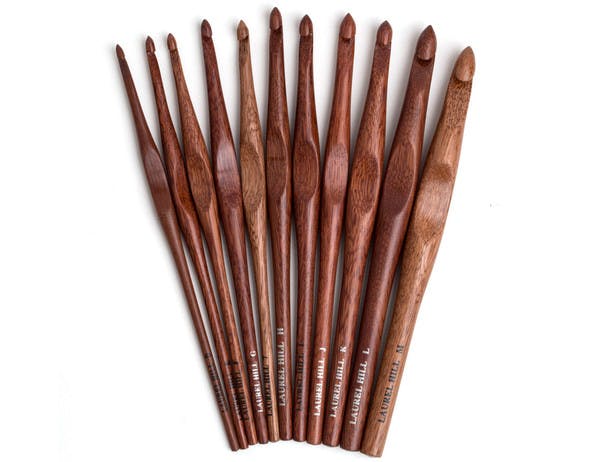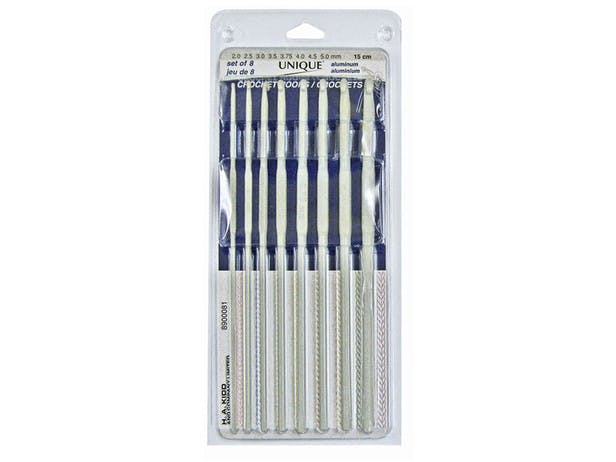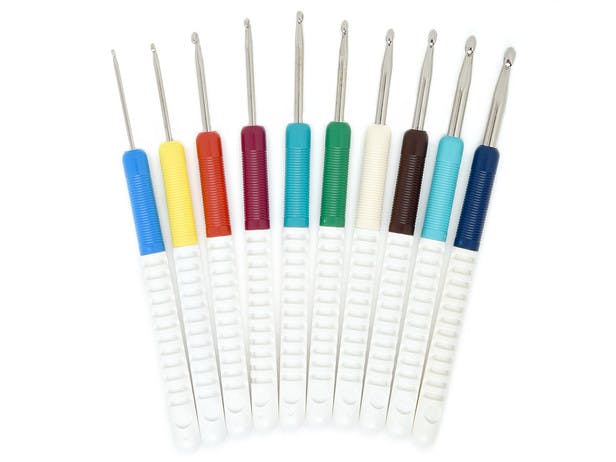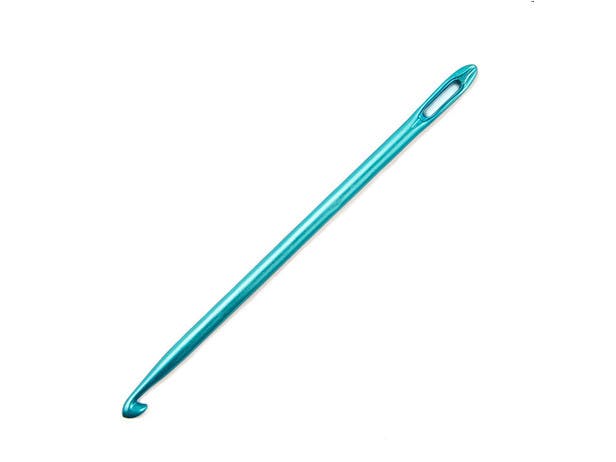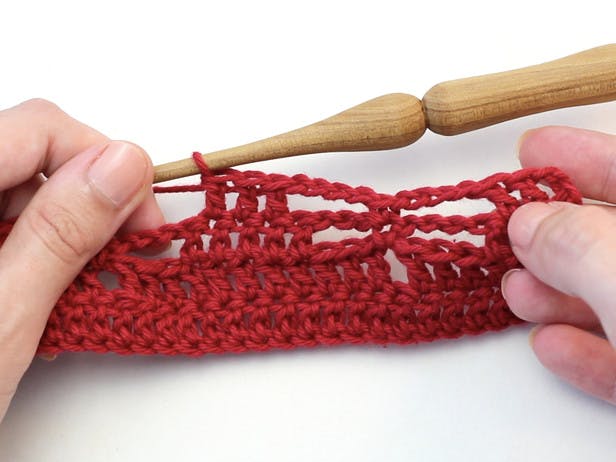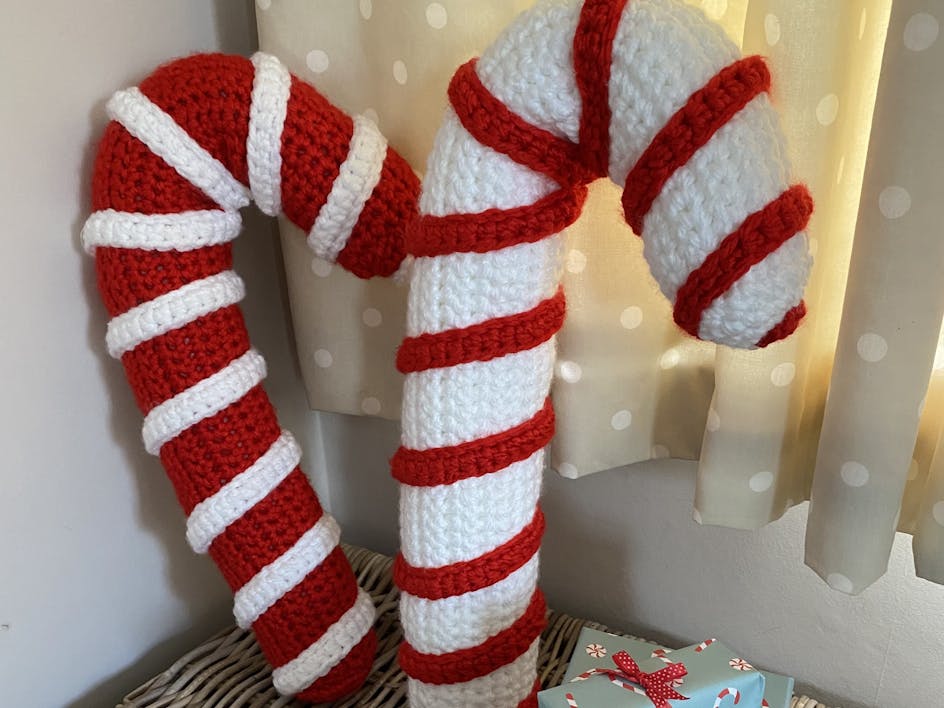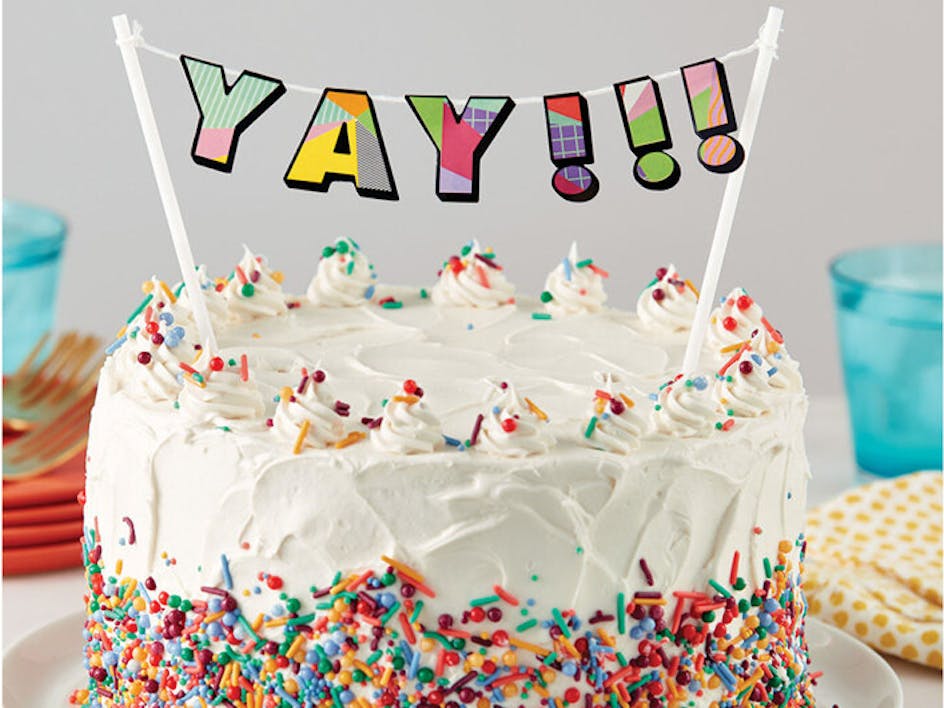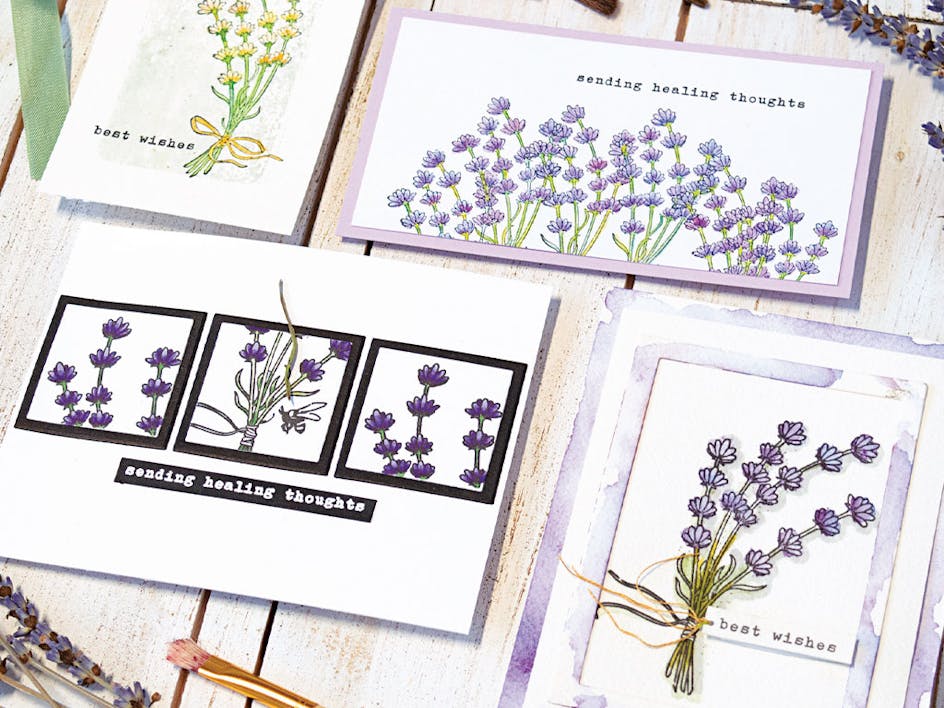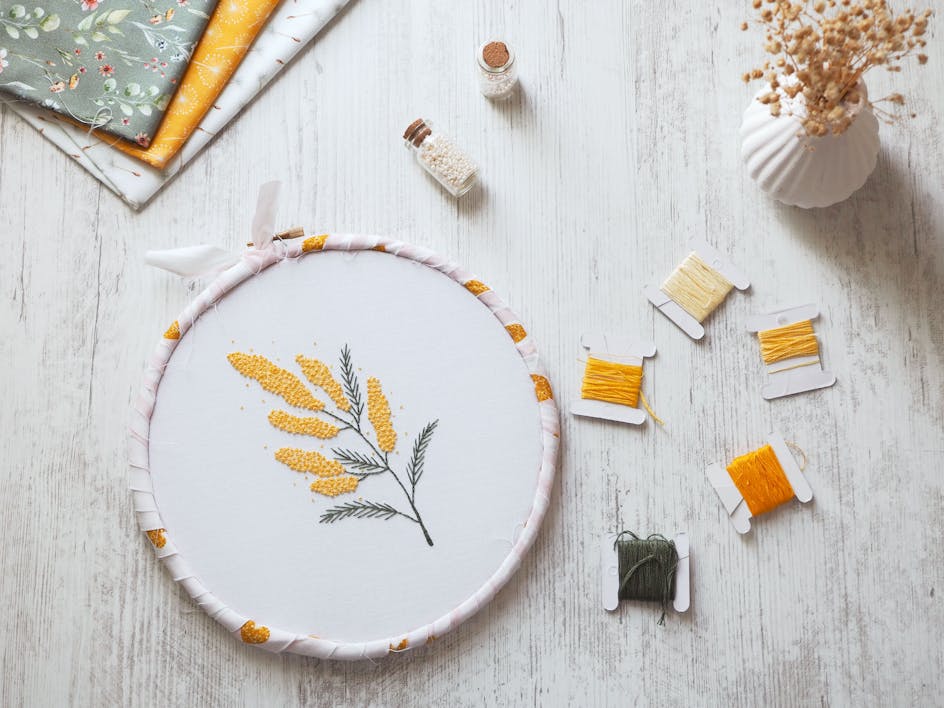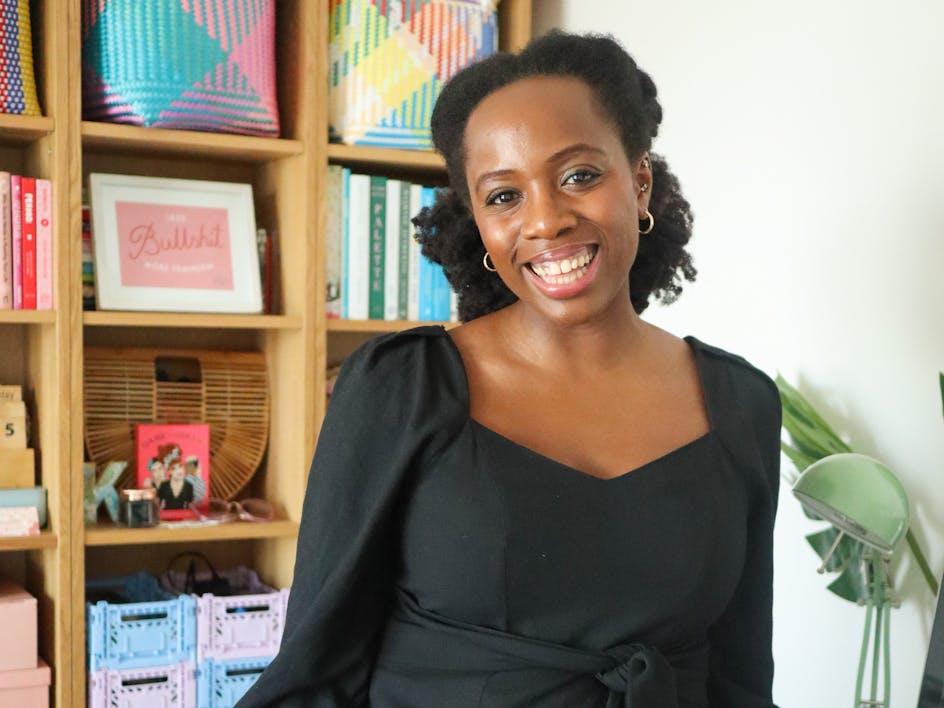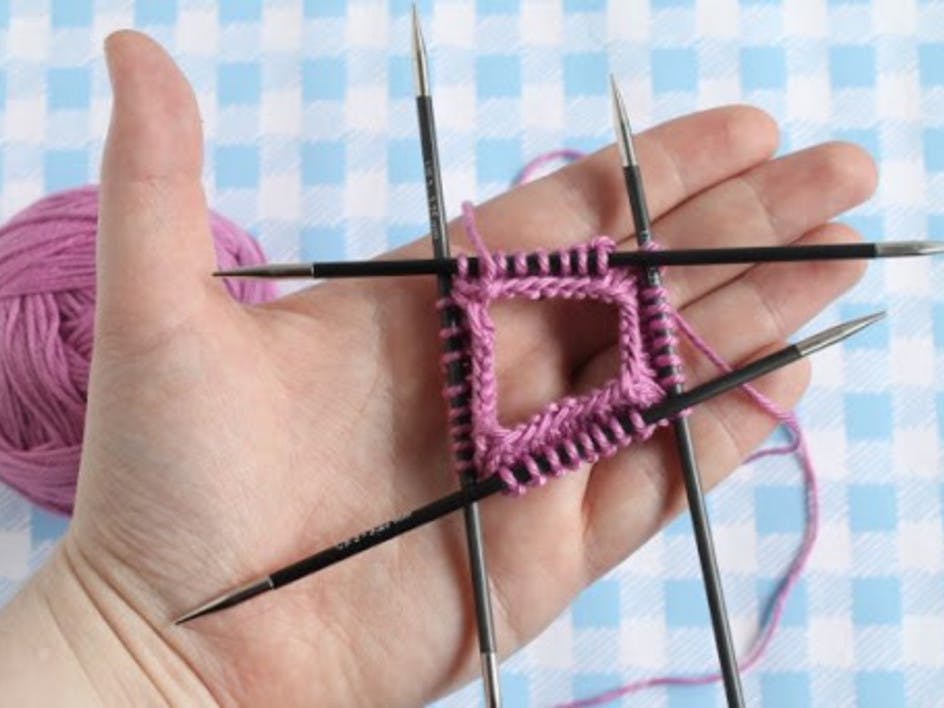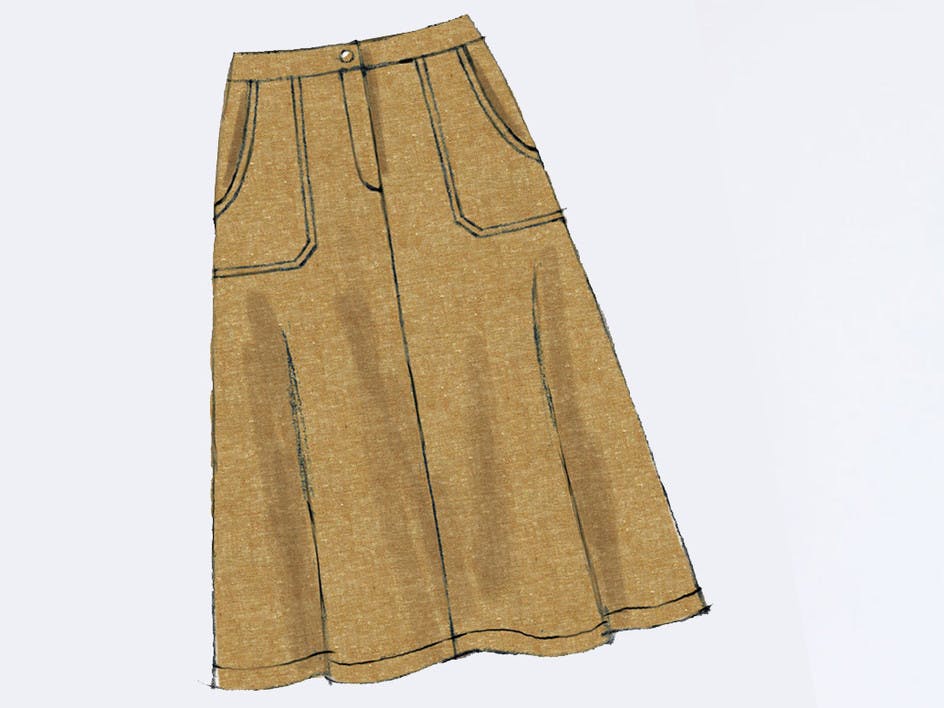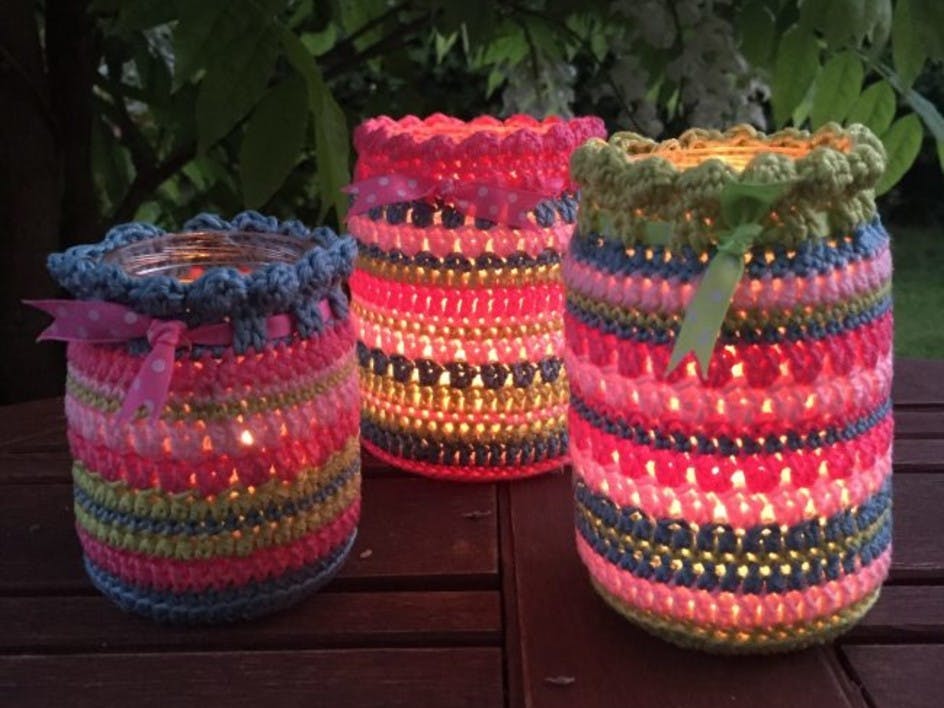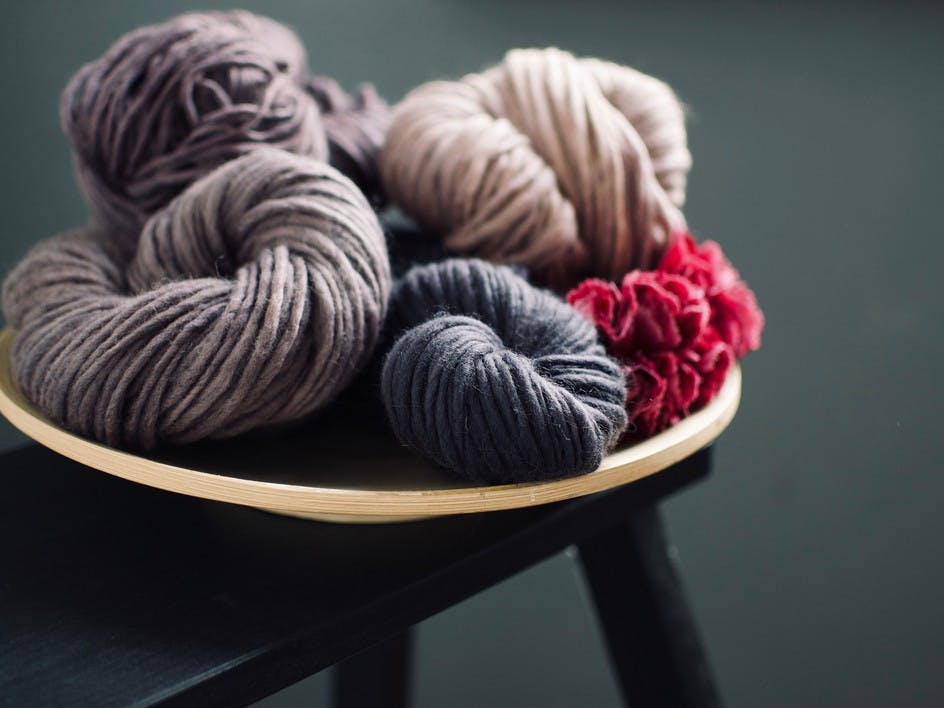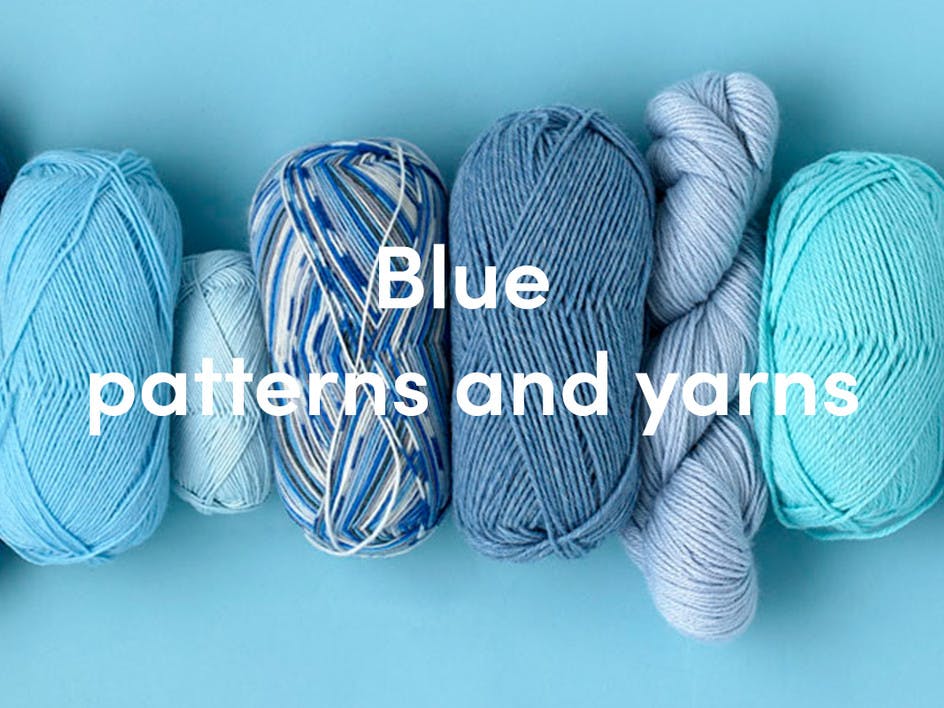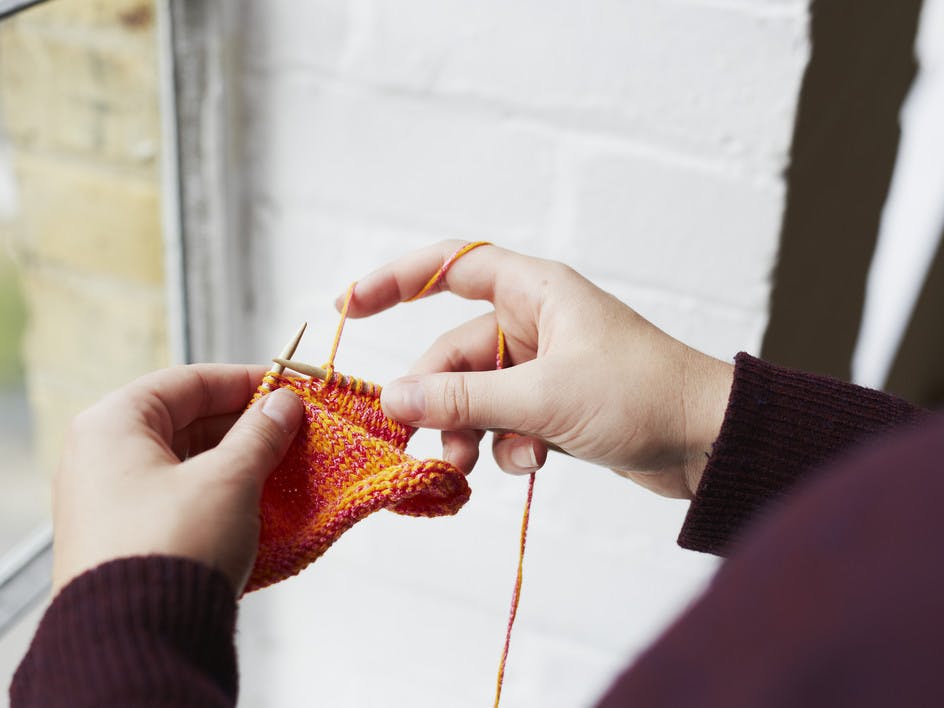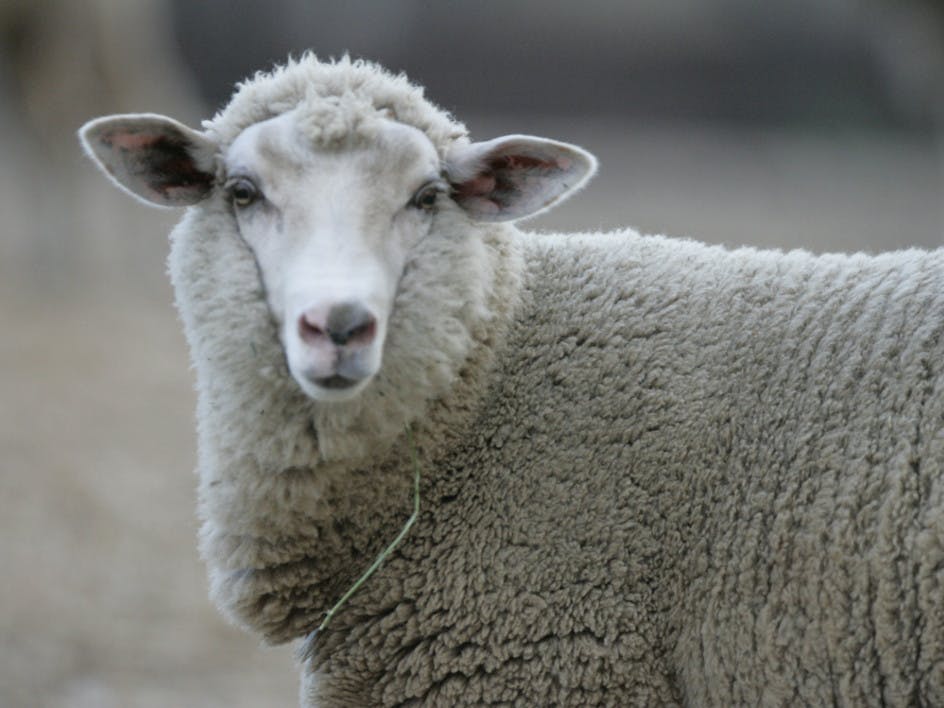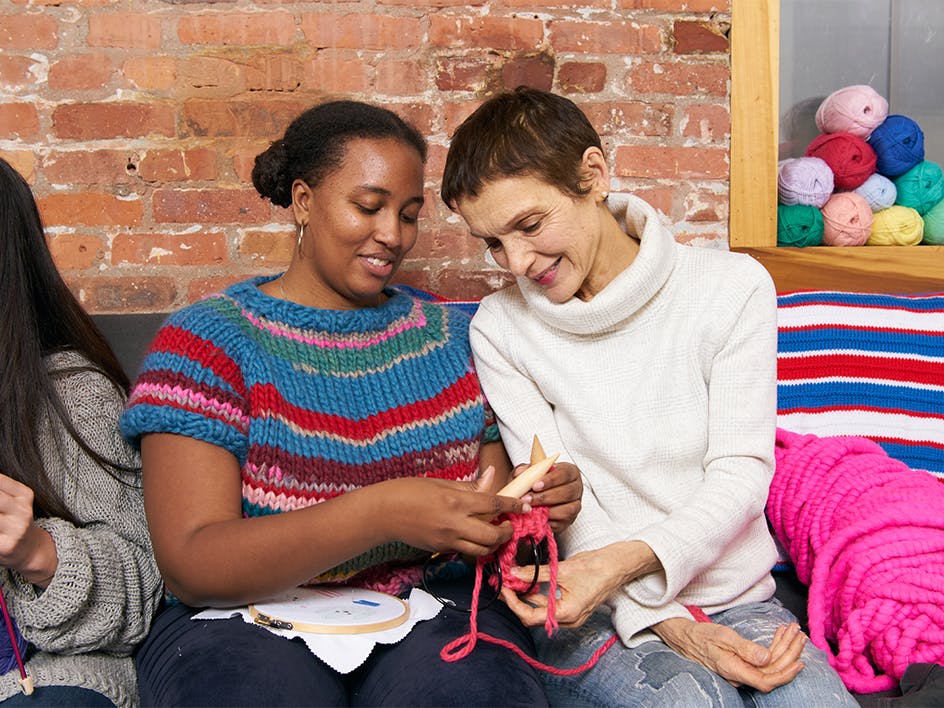Crochet hooks buying guide
Published on 4 August 2020 5 min read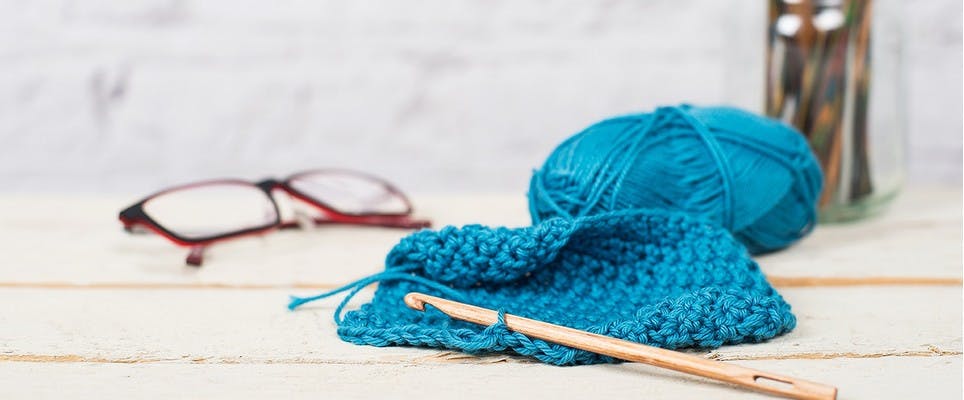
A crochet hook is the basic tool you'll need to get started on your journey as you learn to crochet. Made from metal, plastic or wood with a small hook at one end, crochet hooks are used to turn a lovely skein of yarn into cosy jumpers, snuggly blankets and beautiful home accessories.
What are the features of crochet hooks?
All crochet hooks have similar basic features, in the same way knitting needles do, but different brands may modify them slightly for extra comfort or a more eye-catching design.
Point
The point is the part at the very end of the crochet hook, and is also often known as the 'head'. It can either be smooth and rounded, or more pointed and well-defined for working with non-elastic yarns or closely-packed stitches.
Throat
The throat of the crochet hook is either tapered and shallow, or sharp and steep. A steeply angled throat is known as “in line” and can be better for beginners as it helps to keep stitch sizes consistent. The tapered style on a crochet hook is less easy to control and over-tensioning can easily occur, as stitches are worked on and off the hook.
Shaft
The shaft is the section of the crochet hook that is measured in millimetres to give the hook size, and is also the part that dictates the size of the stitch. Some hooks have longer shafts, which are useful for stitches that require multiple wraps, or where several stitches need to be worked at once.
Thumb rest and handle
The thumb rest on a crochet hook is a flattened, wider section that makes it easier to hold and work with, and it's also the place where the size of the hook is often printed. Many crochet hooks have a modified handle section made of grippy material such as rubber or plastic, sometimes ergonomically designed to be easy to hold.

How to choose a crochet hook
Crochet hooks are available in a wide variety of shapes, sizes and materials - so there's a hook out there for every crocheter to get to grips with.
But, how do I know what size crochet hook to use?
It’s all about the perfect match! The size of hook you’ll need will depend on the yarn weight you’re using. Usually you can find the recommended hook size on your ball band or on the pattern.
Hook size can be described in letters, numbers and millimeters. The average hook size is 5mm (E). The handy chart below will guide you on which hook size works best with different yarn weights.

What type of crochet hook is best for beginners?
Standard hooks are ideal for starting out! As you get into the swing of things you’ll discover more specialised hooks that might work better for specific types of yarn or are more comfortable for you.
Can I use a bigger crochet hook?
You sure can! But, it all depends on the gauge and tension you’re aiming for. If you normally crochet very tight stitches using a slightly larger hook can help loosen up. The more crocheting you do, the better you’ll become at knowing whether to increase or decrease your hook size.
What are the different types of crochet hooks?
While your standard crochet hook is great for all case scenarios, there are also lots of specialised hooks that work best for different projects. Wooden and bamboo hooks are fab for smooth yarns, but mohair might be better matched with a plastic hook - so less chance of snagging! If you have arthritis or get sore hands, there are plenty of soft grip ergonomic hooks to make crocheting more comfortable.
Popular hooks we just love!
Crochet hook materials
In the past crochet hooks were made from bone, but these days you can take your pick from steel, aluminium, wood, bamboo and plastic! We talk through the benefits of working with different hook materials.
Aluminium crochet hooks
Aluminium hooks are light, strong, and practical. The smooth surface allows for easy manipulation and stitch making.
Steel crochet hooks
Steel is the strongest crochet hook material, and is used to make fine hooks for producing detailed work, such as crochet lace.
Plastic crochet hooks
Plastic crochet hooks are budget-friendly and super practical. They come in a wide range of fun colours, are light and warm to use, and are fabulous for encouraging children to start exploring crochet.
Combination crochet hooks
Some crochet hooks are made of a combination of materials. Very fine steel hooks can be hard to hold and work with, so many of these are now designed with ergonomic plastic or rubber handles.
Get to grips with the handles!
Part of learning to crochet is learning how you prefer to hold your hook. There are hooks out there designed for the different ways you choose to grip your hook. Knife grip handles and pencil grip handles to suit all.
There’s also some amazing ergonomically designed hooks, ideal for people with arthritis and who experience joint issues. They are specially designed to help you craft more comfortably and keep your hands healthy.
Other types of crochet hooks
Tunisian or Afghan crochet hooks
Tunisian crochet uses a different type of crochet hook, much like a knitting needle with a hook at one end. This method also stacks stitches along the long needle, working them on and off in rows as in knitting. Tunisian crochet hooks can be long and straight or they might have a flexible extension ending in a stopper to allow for the construction of very long rows and large flat pieces.
Double-ended crochet hooks
These make it possible to construct Tunisian-style crochet in the round, and means that large pieces can be produced with a fairly short tool. They look a bit like knitting needles, but have a hook at both ends.
Knook
Knooking is a new combination technique, involving a long needle with a hook at one end and an eye at the other. The method uses the hook to pass stitches on and off a “lifeline” yarn. A knook creates a knitted fabric, appealing to crocheters who don’t like knitting with two needles.



